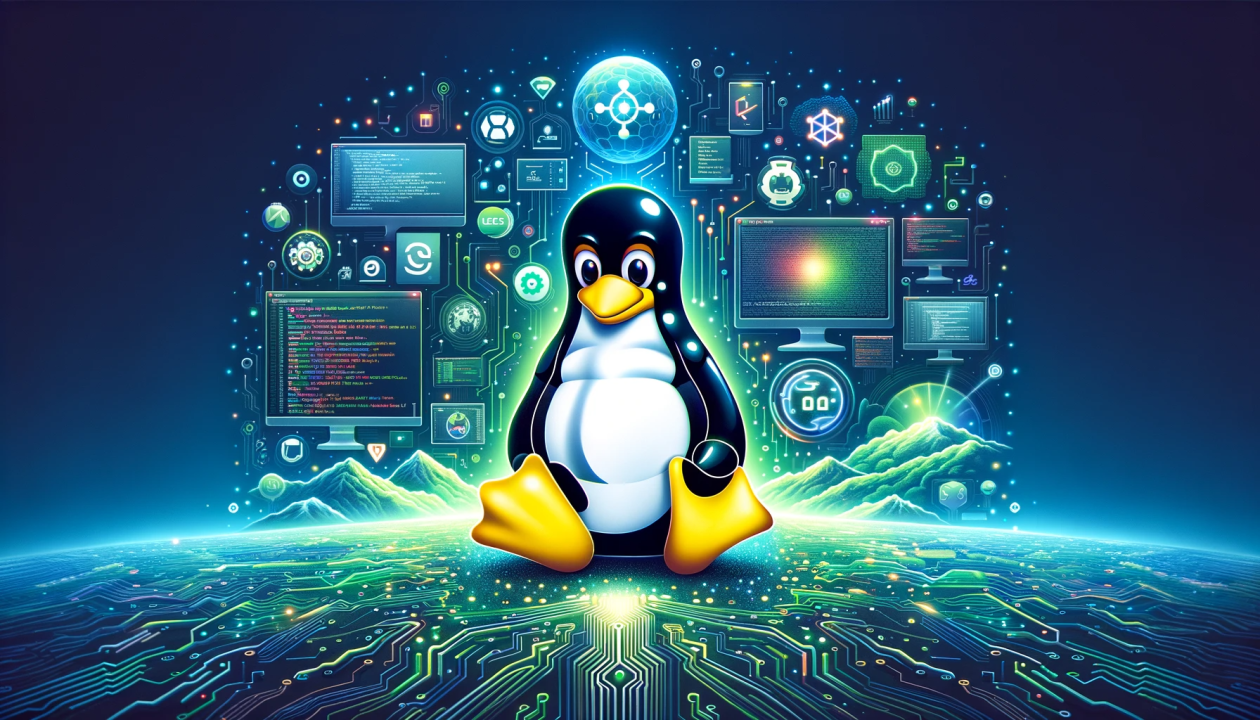🌟 Discovering Linux: The Ultimate Guide to Its History, Features, and More! 🌟
 Tanmaya Arora
Tanmaya Arora
🚀 What is LINUX?
Linux is an open-source (freely available without any license) UNIX based operating system (OS) that powers everything from your smartphone to supercomputers. Unlike Windows or macOS, Linux is free to use and modify, making it a favorite among developers and tech enthusiasts. Everything in Linux is about files and directories (folders).
📜 A Brief History of LINUX
Birth of Unix (1969): Unix, developed at AT&T's Bell Labs, laid the foundation for Linux.
Minix (1987): Andrew S. Tanenbaum created Minix, a Unix-like system for educational purposes.
Linux Kernel (1991): Linus Torvalds, a Finnish student, announced the creation of the Linux kernel. The first version (0.01) was released on September 17, 1991.
Linus Torvalds, the creator of Linux.

Growth and Adoption (1990s - Present): With contributions from developers worldwide, Linux grew rapidly. Today, it's used in various environments, from web servers to desktops.
🌟 Why Use LINUX Over Other Operating Systems?
Open Source & Free: Linux is open-source, meaning anyone can view, modify, and distribute the code. Bonus, it's free!
Security: Linux is less prone to malware and viruses due to its strong permissions system and active community and thus no Anti-viruses are required.
Customization: Tailor Linux to fit your needs with its various distributions (distros/flavors) like Ubuntu, Fedora, and Debian.
Performance: Linux is lightweight and efficient, making it ideal for older hardware.
Multi User and Multi Tasking: Linux supports multiple users by allowing simultaneous logins with separate user environments, and it handles multi-tasking by efficiently managing multiple processes running concurrently without interference of each other.
Community Support: A vast community provides support through forums, documentation, and tutorials.
Timeline of various Linux distributions

🛠️ Architecture of LINUX

Kernel: The core of the system managing hardware (who basically interacts with hardware in Binary language) and system calls.
System Library: Essential libraries that allow applications to interact with the kernel.
System Utility: Basic commands and functionalities provided by the OS.
Shell: The command-line interface to interact with the system (where user writes the Linux commands).
User Applications: Software used by the end-users, like browsers and office suites.
🔍 Linux vs. Unix vs. Windows
| Feature | Linux | Unix | Windows |
| Source Model | Open Source | Proprietary and Open Source | Proprietary by Microsoft |
| Cost | Free | Varies (often expensive) | Paid |
| Security | Highly Secure | Secure but less flexible | Vulnerable to malware thus need Antivirus |
| Customization | Highly Customizable | Limited Customizability | Limited Customizability |
| Performance | Efficient, Lightweight | Efficient, but resource-heavy | Resource-heavy |
| Usage | Servers, Desktops, Embedded | Servers, Workstations | Desktops, Workstations |
| Community Support | Strong, Active Collaborative Community | Professional Support | Professional Support |
Subscribe to my newsletter
Read articles from Tanmaya Arora directly inside your inbox. Subscribe to the newsletter, and don't miss out.
Written by

Tanmaya Arora
Tanmaya Arora
Hey there! 👋 🌟 Welcome to my DevOps journey! 🌟 I'm Tanmaya Arora, an enthusiastic DevOps Engineer. Currently, on a learning adventure, I'm here to share my journey and Blogs about DevOps. I believe in fostering a culture of resilience, transparency, and shared responsibility. Embracing agility and flexibility, in this adventure let's grow together in this vibrant DevOps space. Join me in transforming software delivery through collaboration, innovation, and excellence! 🚀🔧💡 🌐 Connect with me for friendly chats, group discussions, shared experiences and learning moments.